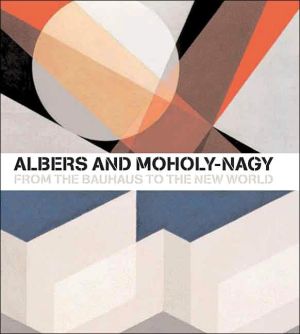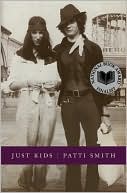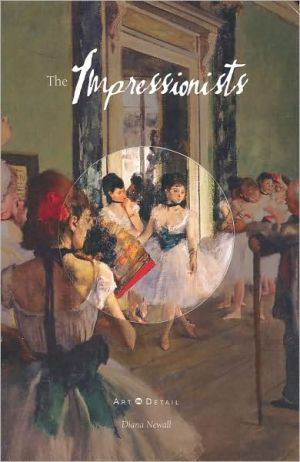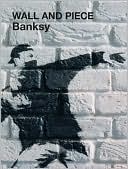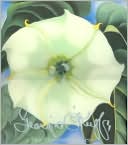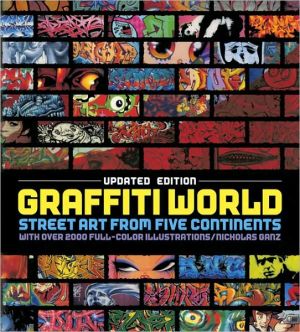Albers and Moholy-Nagy: From the Bauhaus to the New World
This beautifully illustrated book highlights the contrasts and correspondences in the lives and work of two of Modernism’s greatest innovators, Josef Albers (18881976) and László Moholy-Nagy (18951947). Beginning in the 1930s, Albers and Moholy-Nagy each developed a rigorously abstract language that condensed art to its visual fundamentals: line, color, texture, light, and form. This language experienced a creative explosion during their Bauhaus years, when both artists moved freely...
Search in google:
This beautifully illustrated book highlights the contrasts and correspondences in the lives and work of two of Modernism’s greatest innovators, Josef Albers (1888–1976) and László Moholy-Nagy (1895–1947). Beginning in the 1930s, Albers and Moholy-Nagy each developed a rigorously abstract language that condensed art to its visual fundamentals: line, color, texture, light, and form. This language experienced a creative explosion during their Bauhaus years, when both artists moved freely between media and disciplines. Essays by leading scholars follow the artists’ separate paths through to their emigration to the United States, where each continued to push tirelessly the conventions of artistic practice—Albers at Black Mountain College in North Carolina and then at Yale University, and Moholy-Nagy in Chicago at the New Bauhaus School and the Institute of Design. As highly influential teachers, Albers and Moholy-Nagy became important catalysts for the transmission of Modernist ideas from Europe to America.Spanning four decades and featuring works in a variety of media, including painting, collage, glass, moving sculpture, photography, film, furniture, and graphic design, Albers and Moholy-Nagy reveals for the first time the range of achievement of these two important figures and is essential to our understanding of the evolution of Modernism. Library JournalThis catalog for an eponymous exhibition tracks the parallel careers of two important exponents of Weimar, Germany's Bauhaus school of art and architecture. Although their lives and work ran abreast, the careers of L szl Moholy-Nagy (1895-1947) and Josef Albers (1888-1976) overlapped less than one might expect, especially given the commonalities between their now widely accepted ideas about the role of light, color, and space in fine art. Albers is most commonly thought of as an art teacher of tremendous contemporary influence, in large part because of his writings on color theory. Moholy-Nagy's impact derives from his roles as a founder of American avant-garde film and as an avatar of many potent ideas in two-dimensional abstract design. Here they are brought together in a venue that illustrates and fleshes out the development of these similar yet contrasting modernist thinkers. Editor Borchardt-Hume (curator, modern & contemporary art, Tate Modern), along with the book's other contributors (including Moholy-Nagy's daughter), brings a refreshing variation to the standard promotional exhibition catalog by opening and closing with long sections of color plates that bracket several informative scholarly essays. These narratives expand on the theories and practices that Moholy-Nagy and Albers repatriated from the Bauhaus to the American artistic front. A truly absorbing title and an excellent idea for a show; recommended for all libraries. Douglas F. Smith, Oakland P.L., CA Copyright 2006 Reed Business Information.
\ Library JournalThis catalog for an eponymous exhibition tracks the parallel careers of two important exponents of Weimar, Germany's Bauhaus school of art and architecture. Although their lives and work ran abreast, the careers of L szl Moholy-Nagy (1895-1947) and Josef Albers (1888-1976) overlapped less than one might expect, especially given the commonalities between their now widely accepted ideas about the role of light, color, and space in fine art. Albers is most commonly thought of as an art teacher of tremendous contemporary influence, in large part because of his writings on color theory. Moholy-Nagy's impact derives from his roles as a founder of American avant-garde film and as an avatar of many potent ideas in two-dimensional abstract design. Here they are brought together in a venue that illustrates and fleshes out the development of these similar yet contrasting modernist thinkers. Editor Borchardt-Hume (curator, modern & contemporary art, Tate Modern), along with the book's other contributors (including Moholy-Nagy's daughter), brings a refreshing variation to the standard promotional exhibition catalog by opening and closing with long sections of color plates that bracket several informative scholarly essays. These narratives expand on the theories and practices that Moholy-Nagy and Albers repatriated from the Bauhaus to the American artistic front. A truly absorbing title and an excellent idea for a show; recommended for all libraries. Douglas F. Smith, Oakland P.L., CA Copyright 2006 Reed Business Information.\ \
